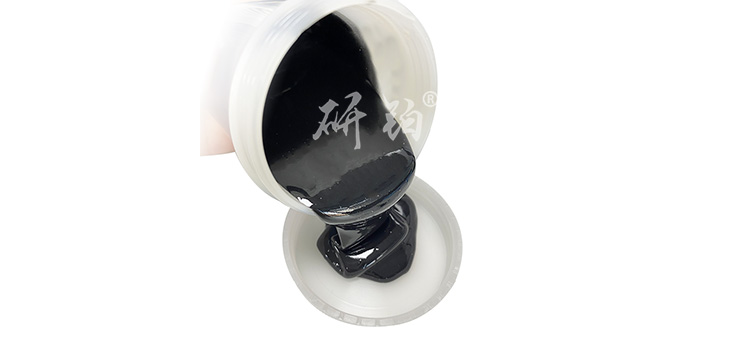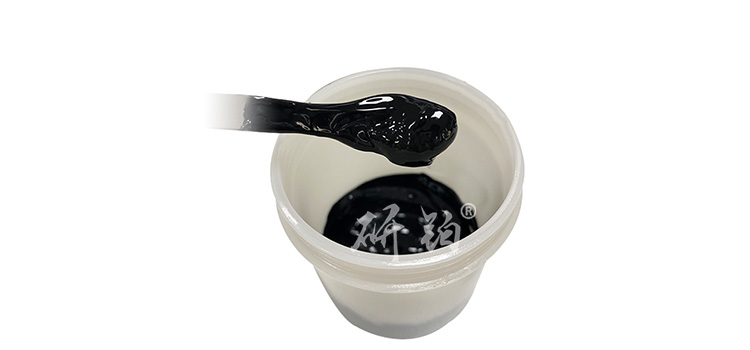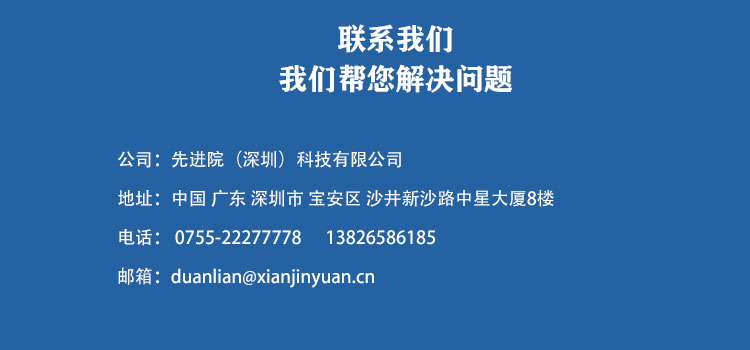1、 Introduction
Ruthenium dioxide (RuO ₂) is used in the field of electronic materials, especially in the production ofChip resistor pasteThis aspect has important applications. Advanced Institute (Shenzhen) Technology Co., Ltd. has found in its research in this field that different process parameters and material characteristics have a significant impact on the performance of chip resistor paste. This article will explore the precautions to be taken when using ruthenium dioxide to make chip resistor paste, combined withResearch Platinum YB5302Analyze related products and present a comparison between reference data and experimental data.
2、 Precautions for raw material selection
-
Purity of ruthenium dioxide
-
Purity is one of the key factors affecting the performance of chip resistor paste. Research has shown that high-purity ruthenium dioxide can provide more stable electrical properties. In an experiment conducted by Advanced Institute (Shenzhen) Technology Co., Ltd., a chip resistor paste made of 99.9% pure ruthenium dioxide was used, and the deviation of its resistance value was within ± 5%; When using ruthenium dioxide with a purity of 99%, the deviation in resistance value increases to ± 8%. In addition, the experiment also showed that when the purity of ruthenium dioxide decreased from 99.9% to 99%, the fluctuation of resistance value increased from ± 0.5 Ω to ± 1.0 Ω.
-
The presence of impurities may introduce additional conductive or insulating phases, interfering with the formation of the conductive network of the resistive paste. For example, impurity elements such as iron and nickel may alter the crystal structure of ruthenium dioxide, affecting the electron transport pathway.
-
Particle size distribution
-
As a product applied in the field of chip resistor paste, YB5302 has strict requirements for the particle size distribution of ruthenium dioxide. Appropriate particle size distribution helps to improve the dispersibility of the slurry. Experiments have shown that when the average particle size of ruthenium dioxide is between 0.5-1 μ m, the printing performance of YB5302 chip resistor paste is good and the resistance uniformity is high. For example, among the 10 test samples, the range of resistance values is less than 0.1 Ω. When the particle size is less than 0.3 μ m, agglomeration is prone to occur, resulting in unstable viscosity of the slurry, increased fluctuation in resistance value, and a range of up to 0.3 Ω.

3、 Precautions in Formula Design
-
Proportion of ruthenium dioxide content
-
The proportion of ruthenium dioxide in the formula of chip resistor paste directly affects the resistance value.Advanced Institute (Shenzhen) Technology Co., LtdThrough experimental research on chip resistor pastes with different contents of ruthenium dioxide, it was found that when the mass fraction of ruthenium dioxide in the YB5302 chip resistor paste is 30%, the resistance value is about 100 Ω. As the content of ruthenium dioxide increases to 40%, the resistance value decreases to 80 Ω. This is because ruthenium dioxide is a conductive phase, and an increase in its content will increase the number of conductive pathways, thereby reducing resistance.
-
However, excessive content of ruthenium dioxide can also cause problems, such as affecting the sintering performance of the slurry. When the content reaches 50%, overburning may occur during the sintering process, resulting in a decrease in the adhesion between the resistance paste and the substrate, which affects the mechanical properties of the chip resistor.
-
The impact of additives
-
In order to improve the performance of chip resistor paste, some additives are often added. For example, adding glass powder can improve the adhesion of the slurry. In the YB5302 chip resistor paste containing a certain amount of ruthenium dioxide, when the amount of glass powder added is 5%, the adhesion to the substrate can reach 5N/cm ². When no glass powder is added, the adhesion is only 2N/cm ².
-
Meanwhile, the type and proportion of additives need to be compatible with ruthenium dioxide. The choice of organic carrier will affect the dispersibility of ruthenium dioxide particles. If the polarity of the organic carrier does not match that of ruthenium dioxide, it will cause the aggregation of ruthenium dioxide particles, thereby affecting the conductivity of the slurry.

4、 Precautions during the manufacturing process
-
Mixed process
-
The uniformity of the mixture is crucial when preparing chip resistor paste by mixing ruthenium dioxide with other raw materials. Advanced Institute (Shenzhen) Technology Co., Ltd. adopts different mixing equipment and processes toResearch Platinum YB5302 Chip Resistive SlurryPrepare it. When using a planetary ball mill for mixing, under the conditions of a speed of 300r/min and a mixing time of 2 hours, ruthenium dioxide can be uniformly dispersed in the slurry, and the electrical performance consistency of the resistance slurry is good. By measuring the resistance values of 100 test samples, the standard deviation is 0.05 Ω. When using a regular stirrer for mixing, even if the stirring time is extended to 3 hours, the standard deviation of the resistance value still reaches 0.1 Ω, because it is difficult for the regular stirrer to fully disperse the ruthenium dioxide particles.
-
agglomeration process
-
The sintering temperature and time have a significant impact on the properties of chip resistor paste containing ruthenium dioxide. For the YB5302 chip resistor paste made of research platinum, when the sintering temperature is between 800-900 ° C, ruthenium dioxide can form a good conductive network and the resistance value is stable. When the sintering temperature is 850 ° C and the sintering time is 30 minutes, the square resistance of the resistance paste is 50 Ω/□. If the sintering temperature is too low, such as 700 ° C, the crystallization of ruthenium dioxide is incomplete, the conductivity is poor, and the square resistance increases to 70 Ω/□; However, if the sintering temperature is too high, such as 1000 ° C, it will cause the growth of ruthenium dioxide particles, which will also affect the uniformity of resistance, and the fluctuation range of square resistance will increase to ± 10 Ω/□.
5、 Conclusion
in useRuthenium dioxideWhen making chip resistor paste, strict control is required from raw material selection to formula design and process. The purity and particle size distribution of raw materials, the proportion of ruthenium dioxide content in the formula, the use of additives, and the mixing and sintering processes in the manufacturing process are all interrelated. Any problem in any of these processes may affect the performance of the chip resistor paste. The experience and data accumulated by Advanced Institute (Shenzhen) Technology Co., Ltd. in the development process of related research and development of platinum YB5302 products provide important reference for further optimizing the application of ruthenium dioxide in chip resistor paste.
The above data is for reference only, and specific performance may vary due to production processes and product specifications.






